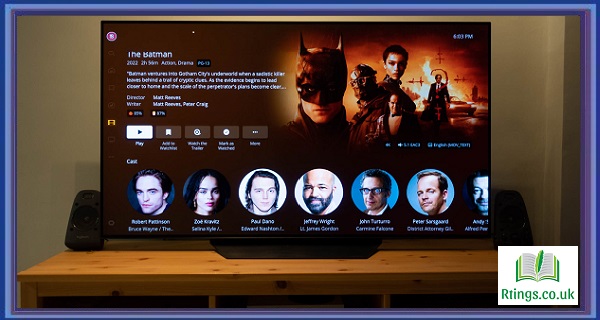In digital displays, resolution is a fundamental concept that directly impacts the quality and clarity of visual content. It determines the level of detail a display can render, whether it’s for gaming, watching movies, or working with graphics. This comprehensive exploration will delve into the significance of resolution, how it’s measured, its effects on various applications, and the interplay between resolution and other display attributes.
Defining Resolution
Resolution Defined
Resolution refers to the number of pixels that make up an image displayed on a screen. It’s typically expressed as width x height (e.g., 1920×1080 for Full HD), indicating the number of horizontal and vertical pixels.
Pixels
Pixels are the smallest units of an image. Higher resolution means more pixels, resulting in sharper and more detailed visuals.
Resolution and Visual Quality
Visual Clarity
Higher resolution provides sharper, more detailed images, enhancing the visual experience. This is particularly important for precision tasks like graphics design or medical imaging.
Pixel Density
Pixel density, often measured in pixels per inch (PPI), determines how closely pixels are packed together. Higher pixel density results in smoother edges and clearer text.
Viewing Distance
The ideal resolution depends on viewing distance. For example, a lower resolution might suffice for a TV across the room, while a computer monitor requires a higher resolution due to closer viewing.
Resolution in Different Applications:
Gaming
Higher resolution enhances gaming experiences by providing more detailed textures and sharper visuals. However, it requires more processing power, impacting frame rates.
Multimedia and Content Creation
A higher resolution is essential for watching movies and editing photos or videos, allowing for precise adjustments and better color accuracy.
Productivity and Multitasking
A higher resolution means more screen real estate, enabling efficient multitasking and enhancing productivity in coding or spreadsheet management tasks.
Resolution Types and Standards
Common Resolutions
Common resolutions include Full HD (1920×1080), 4K Ultra HD (3840×2160), and 8K (7680×4320). Each step up provides greater detail but may require more powerful hardware.
Aspect Ratios
Aspect ratio, the width to height ratio, affects how content appears on the screen. Common ratios include 16:9 (widescreen) and 4:3 (standard).
Challenges and Considerations
Display Size
Higher resolutions are more effective on larger screens, as the increased pixel count is more noticeable. On smaller screens, the benefits might be less pronounced.
Hardware Requirements
Higher resolutions demand more powerful hardware to ensure smooth performance, as rendering more pixels requires more processing power.
Content Availability
While 4K and 8K content is growing, not all media is available in these resolutions. Lower resolution content might take little advantage of high-resolution displays.
The Future of Resolution
Beyond 8K
Advancements continue to push display resolutions beyond 8K, with potential medical imaging, simulations, and virtual reality applications.
Content Creation and Consumption
As more content adopts higher resolutions, the demand for displays that can accurately reproduce this content will grow.
Mixed Reality and Immersion
Higher resolutions will play a crucial role in enhancing immersive experiences in augmented reality (AR) and virtual reality (VR) applications.
Conclusion
Resolution is a defining attribute of displays, shaping how we perceive and interact with digital content. From entertainment to productivity, the resolution’s level of detail and clarity significantly impacts the quality of our experiences. As technology advances, displays with ever-higher resolutions are becoming more accessible, allowing us to explore new visual fidelity and engagement levels. Whether gaming, watching movies, or working on intricate designs, resolution remains a key factor in unlocking the full potential of digital displays and elevating the way we engage with the visual world.
Frequently Asked Questions (FAQs)
Why does display resolution matter?
Display resolution determines the level of detail and clarity in visual content. It’s measured in pixels, with higher solutions providing sharper images. For example, 4K resolution (3840×2160) offers greater detail than Full HD (1920×1080). Resolution impacts tasks like gaming, movie-watching, and productivity, enhancing the quality of visual experiences. However, higher resolutions require more powerful hardware for optimal performance. The solution choice depends on usage and viewing distance, with higher resolutions beneficial for tasks requiring precision and detail.
How does display resolution affect visual quality?
Display resolution determines the level of detail and clarity in images. It’s measured in pixels (e.g., 1920×1080). Higher resolutions offer sharper visuals with more pixels, enhancing experiences like gaming and content creation. Common resolutions include Full HD (1920×1080), 4K Ultra HD (3840×2160), and 8K (7680×4320). The choice depends on factors like screen size, usage, and desired image quality. Higher resolutions provide finer details but might demand more processing power. Lower resolutions might suffice for general tasks. Display resolution significantly impacts how vivid and detailed visuals appear on screens, shaping overall visual quality.






